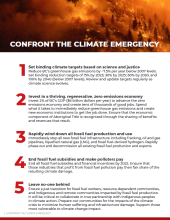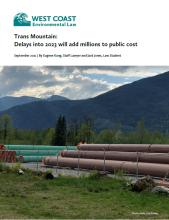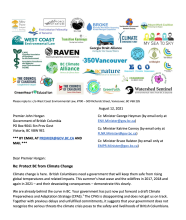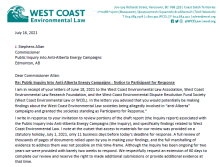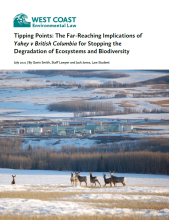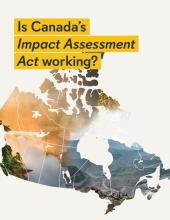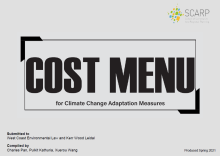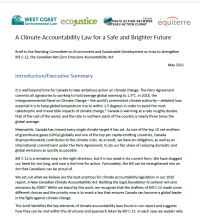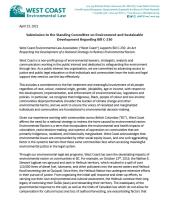Publications
Browse our recent publications, including reports, briefs, submissions to government, and other materials.
Use the search criteria to filter by topic, date, author and/or keywords.
Publication Date: September 2021
Pages: 7
Topics: Climate Change, BC Government, CleanBC
Publication Date: September 2021
Pages: 28
Topics: Trans Mountain Pipeline, TMX
Publication Date: August 2021
Pages: 4
Topics: Climate accountability, climate change, BC Climate Adaptation
Publication Date: July 2021
Pages: 17
Topics: Alberta Inquiry
Publication Date: July 2021
Pages: 14
Topics: Cumulative Effects, Treaty Rights
Publication Date: June 2021
Pages: 33
Topics: Impact Assessment Act
Publication Date: June 2021
Pages:
Topics: Bill C-12, Climate Accountability, Canadian Net-Zero Emissions Accountability Act
Publication Date: May 2021
Pages: 34
Topics: Climate Adaptation, Climate Costs
Publication Date: May 2021
Pages: 9
Topics: Climate accountability, climate change, Canadian climate accountability
Publication Date: April 2021
Pages: 4
Topics: Environmental Racism, Bill C-230
